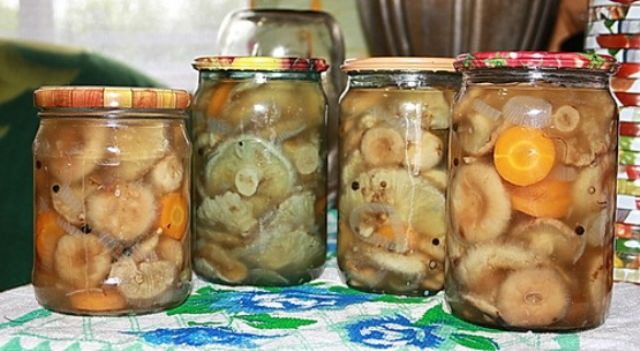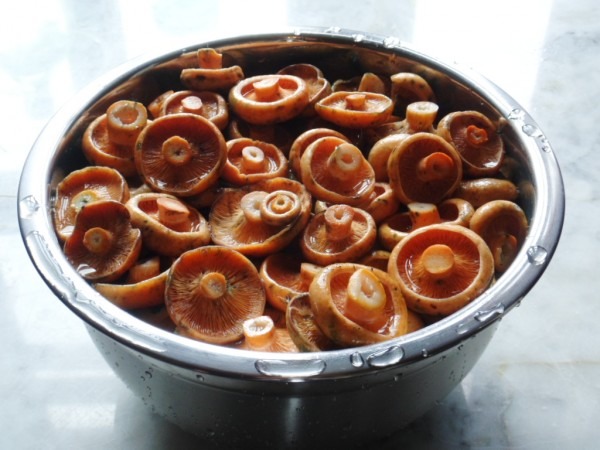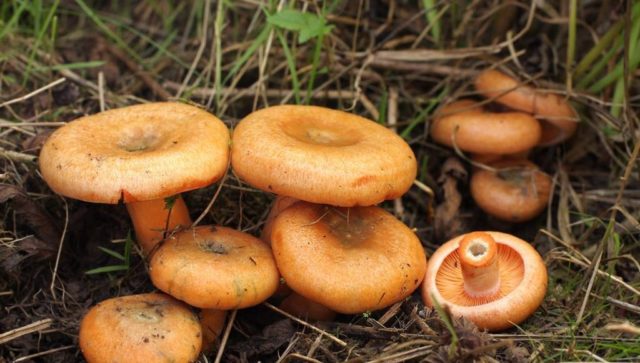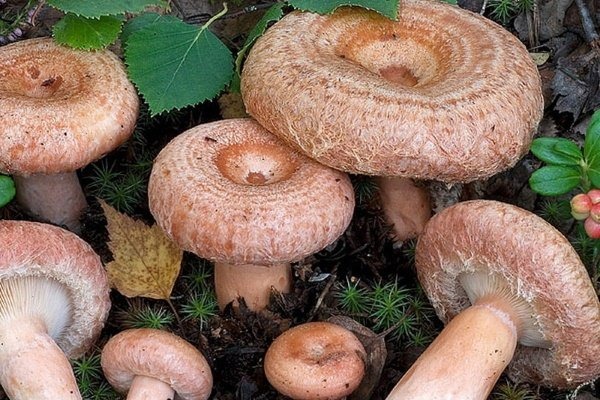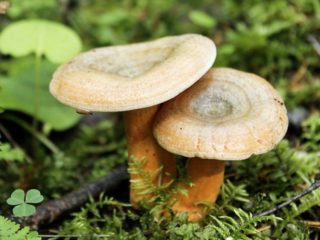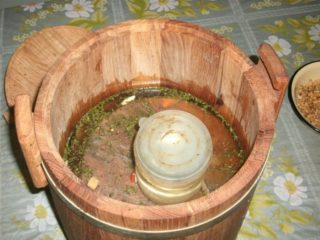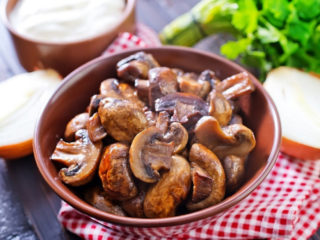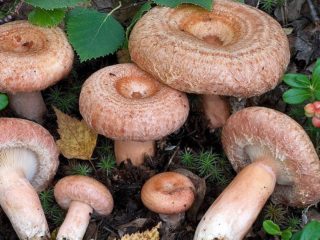Content
Every mushroom picker should know the differences between mushroom and mushroom: these species are close relatives and have so much in common that it is difficult for an inexperienced lover of "quiet hunting" to determine which kind of mushroom he has to deal with. However, it is necessary to know the differences, since these mushrooms belong to different food categories, that is, the technology for their preparation is significantly different.
Where mushrooms and waves grow
These two species are the most common mushrooms in Russian forests. They grow mainly in wet areas. Favorite habitats are spruce, deciduous and mixed forests. Volnushka is most often adjacent to aspens and old birches, and it is better to look for mushrooms next to conifers. Interestingly, in mixed forests, both species can grow very close.
Ryzhik, unlike the wave, feels good only in ecologically clean areas, so it almost never happens in roadside forests and in areas located near industrial enterprises. As a rule, they live on forest edges or in young forests, since they are very sensitive to light, prefer sandy loam soils, like moderate moisture, and do not tolerate waterlogged soil.
A less demanding wave is much easier to find - it can often be found even in copses near large cities; it is found both in sunny glades and in deep dark thickets, loves moisture, grows well in swampy areas.
These two types of milkmen have differences in their range. Due to the exactingness of saffron milk caps to the conditions of the growing environment, it is much more difficult to find them than their less whimsical relatives.
What is the difference between a mushroom and a wave
Ryzhik and pink volushka are compared not only because they are very similar in appearance, but also because both species belong to the genus Millechnikov of the Syroezhkov family. The difference between all milky mushrooms is that they secrete white milk (juice) at the site of cut or damage. Ryzhik is the most valuable mushroom of this genus and in its nutritional and taste qualities is on a par with the most noble representatives of the kingdom. According to the classification, it belongs to the 1st category.
Pink Volnushka is a less valuable mushroom; in terms of taste and chemical composition, it is inferior to its brother. It belongs to the II-nd category.
The difference between these milkmen lies in their nutritional value: mushrooms are rich in fiber, various trace elements and beta-carotene, which gives the orange color. In addition, they contain substances that are active against bacteria and viruses. Due to this property, they are used in folk medicine as a natural antibiotic. The protein of this mushroom is easily digested and is comparable in value to animal protein, which is why dishes made from it are especially popular during the fast.
There are a lot of vitamin A, ascorbic acid, vitamins of group B. In addition, they, unlike nutritious saffron milk caps, are low in calories, therefore they can be recommended for dietary nutrition.
Differences between saffron milk cap and volvushka in cooking
In cooking, camelina is valued as a delicious mushroom. It is widely used in various recipes: it can be salted, pickled, fried, used in soups, and even in salads.
Volnushka is one of the most popular pickling and pickling mushrooms. There is a significant difference in the technology of preliminary preparation: before cooking, it is soaked for about 72 hours, changing the water from time to time.Then it is blanched or boiled, after which it is pickled or salted.
The waves prepared in this way are recommended to be eaten no earlier than after 45 days. Although this technology reduces the nutritional value, it helps to get rid of bitterness and toxic substances. Despite the fact that the content of harmful elements in the pulp of this type is small, improperly prepared dishes can lead to mild food poisoning.
Ryzhiks, on the other hand, can not only be salted and pickled, but also cooked according to any recipe you like without preliminary soaking and boiling. By the way, experienced housewives recommend harvesting them for future use without using seasonings in order to preserve the valuable taste and aroma. Some salads include mushrooms, which you just need to pour over with boiling water. In the literature, there are indications that in the old days they were even eaten raw, with salt and bread.
How to distinguish a mushroom from a wave
Experienced mushroom pickers know many signs by which you can distinguish a mushroom from a pink wave:
- in the color of the first, shades of ocher prevail, while the wave has a pinkish color;
- the saffron milk cap has a smooth, shiny cap with downward edges, which can be uneven and deformed. At the wave, the cap is covered with fluff, has the shape of a hemisphere with a depression in the center. The edges are even, rounded down to the stem, pubescence on them is more pronounced;
- in the saffron milk cap, unlike its counterpart, a whitish bloom can form on the cap, which is difficult to clean off;
- the milk released when cut is bright orange in the saffron milk cap, in the air it acquires a bluish-green tint. The white milk of the wave does not change color and has a bitter smell, reminiscent of the smell of geranium;
- during cooking, the mushroom darkens, the wave becomes light gray;
- saffron milk cap is larger than wave.
The photo of both types of mushrooms shows the main differences between saffron milk caps (top photo) and waves (bottom photo):
Conclusion
The differences between saffron milk cap and volushka only at first glance seem insignificant. If you listen to the advice of experienced mushroom pickers, it is quite easy to distinguish them by their external signs and habitats, and having correctly identified the species, you can not be afraid to make a mistake with the cooking recipe.

